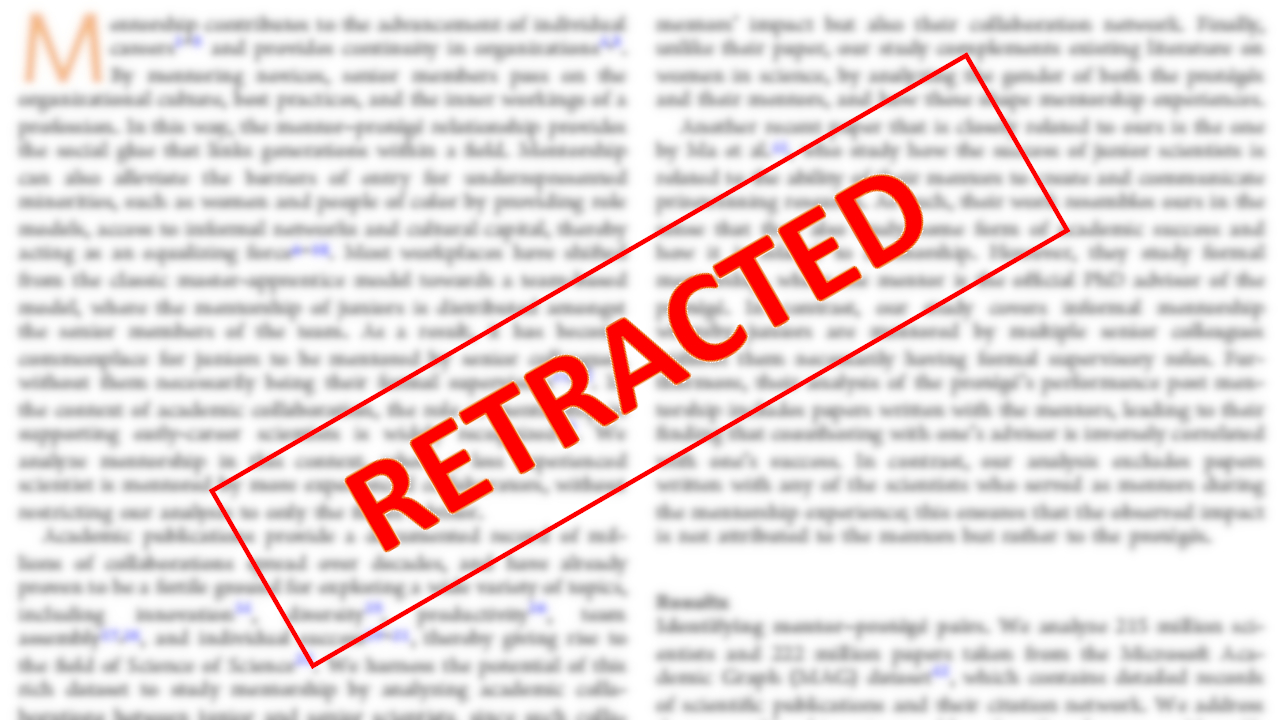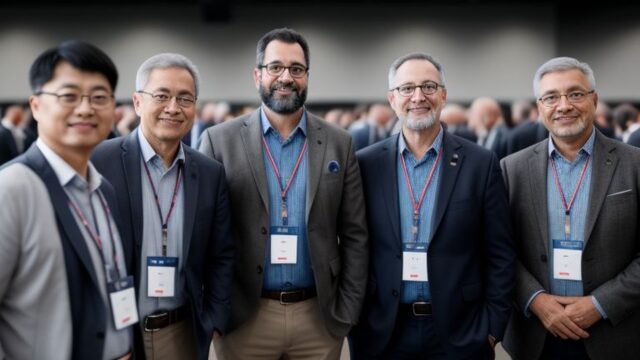Responding to the Starbucks race incident: does the evidence support unconscious bias training?
Last week, the arrest of two black men in a Starbucks coffee store in Philadelphia in the United States triggered outrage and criticism across the world. Video of the arrest posted on Twitter by eyewitness Melissa DePino quickly went viral, having now been viewed more than 10 million times. The video can also be viewed above.
Staff at the Starbucks store had called the 911 emergency assistance number when the two men refused to leave the store after being denied permission to use the bathroom. The men had been told that the bathrooms could only be used by paying customers, but they had not ordered anything.
However, as can be seen in Melissa DePino‘s video above, the two men had actually been waiting to meet another person, Andrew Yaffe, who comes into the store while the arrest is taking place. Yaffe is clearly horrified and outraged by the arrest, as are other customers whose comments can also be heard. Starbucks later advised police that they did not wish to press charges, so the two men were released.
In the wake of the incident, both Philadelphia Police Commissioner Richard Ross and Starbucks CEO Kevin R. Johnson have publicly addressed the actions of their staff. In a video statement, Commissioner Ross defends the actions of police, saying that they acted lawfully in regard to a complaint from Starbucks that the two men had been trespassing on their premises. In media interviews, CEO Johnson apologizes and takes responsibility for the actions of his staff.
In their responses, both Police Commissioner Ross and Starbucks CEO Johnson make mention of use of the same measure to address racial and other biases in the workplace – unconscious bias training (UBT).
Commissioner Ross discusses UBT in the following part of his statement (starting at 3 minutes and 43 seconds):
CEO Johnson discusses UBT in the following part of an ABC News interview (starting at 3 minutes and 57 seconds):
Following on from his interview comments, CEO Johnson has announced that Starbucks will close its more than 8,000 stores across the United States on 29 May so that anti-bias training can be offered to 175,000 staff.
But does UBT actually work, and what will one day of mass training achieve?
Last month, the United Kingdom Equality and Human Rights Commission (EHRC) released a research report1titled Unconscious bias training: an assessment of the evidence for effectiveness. While the report relates directly to the situation in Great Britain, being linked to the 2017 ‘Race in the Workplace’ review by Baroness McGregor-Smith, the findings can at least give an indication of the likely effectiveness of UBT more widely. The ‘Race in the Workplace’ review had considered the issues affecting black and minority ethnic groups in the workplace, and recommended UBT as an awareness raising measure.
The EHRC UBT research report first introduces what UBT is:
Although each experience is different, most UBT interventions include one or more of the following:
- An unconscious bias ‘test’ (a reaction-time measure of how quickly a participant can link positive and negative stimuli to labels such as ‘male’ or ‘female’; the most common example is the IAT).
- An unconscious bias ‘test’ debrief (an explanation of the participants’ unconscious bias ‘test’ results).
- Education on unconscious bias theory.
- Information on the impact of unconscious bias (via statistics/illustrative examples).
- Suggested techniques for either reducing the level of unconscious bias or mitigating the impact of unconscious bias (without altering or reducing the strength of the bias). For example, bias reduction strategies, such as exposing participants to counter-stereotypic exemplars, can reduce the level of unconscious bias; bias mitigation strategies, such as blind review in selection and assessment, can reduce the impact of unconscious bias.
It then provides the key findings:
Overall, our evaluation of rigorous studies on the effectiveness of UBT indicates a mixed picture and a need for further research to determine the effectiveness of unconscious bias training. We found that:
- UBT is effective for awareness raising by using an IAT (followed by a debrief) or more advanced training designs such as interactive workshops.
- UBT can be effective for reducing implicit bias, but it is unlikely to eliminate it.
- UBT interventions are not generally designed to reduce explicit bias and those that do aim to do so have yielded mixed results.
- Using the IAT and educating participants on unconscious bias theory is likely to increase awareness of and reduce implicit bias.
- The evidence for UBT’s ability effectively to change behaviour is limited. Most of the evidence reviewed did not use valid measures of behaviour change.
- There is potential for back-firing effects when UBT participants are exposed to information that suggests stereotypes and biases are unchangeable.
- Evidence from the perspective of the subjects of bias, such as those with protected characteristics, is limited. This evidence could provide additional information on potential back-firing effects.
These findings appear to fall well short of the high level of confidence that both Philadelphia Police Commissioner Richard Ross and Starbucks CEO Kevin R. Johnson express in UBT. I’m left wondering how many managers and other professionals worldwide are risking the perpetuation of workplace biases by having a level of faith in UBT that isn’t matched by the evidence. These concerns are compounded by having also previously looked at strong criticisms of the evidence base for the IAT (implicit-association test) aspect of UBT.
The EHRC UBT research report goes on to recommend approaches to maximise the effectiveness of UBT interventions. If you are a manager or leader, or involved in the development or implementation of diversity and inclusion policies, or a HR professional, then I encourage you to consider these recommended approaches in detail. In short, they are:
- Think about both UBT content and context
- Evaluate to measure effectiveness
- See UBT as part of a wider program.
The report also raises questions about what role policy makers, government, and employers should play in response to the findings, and makes recommendations for further research.
It isn’t yet clear how Starbucks will be delivering it’s nationwide training program on 29 May, but Professor Rob Briner, Scientific Director of the Center for Evidence-Based Management (CEBMa), raises some pertinent questions in a Tweet:
- Evidence such training works?
- How did they find so many trainers?
- Does speed reflect careful analysis of problem and identification of most likely solution or…?
- How can it be evaluated?
In consideration of these questions and the EHRC UBT research report findings, my initial reaction is to wonder if the Starbucks training day is more about public relations than doing something meaningful to address the problem. Yes, the significant scale of this response by the leadership of Starbucks will clearly demonstrate to staff that bias is something they need to take more seriously into the future, but effective ongoing programs will be needed, especially as the Philadelphia incident does not appear to be isolated.
Article source: With thanks to Professor Rob Briner, Scientific Director of the Center for Evidence-Based Management (CEBMa), whose Tweets on 15 April and 17 April inspired this article.
Reference:
- Equality and Human Rights Commission (2018). Unconscious bias training: an assessment of the evidence for effectiveness. Research report 113. ↩
Also published on Medium.






